
SsangYong Tivoli XLV 4x4 (2016-2020) running costs and reliability
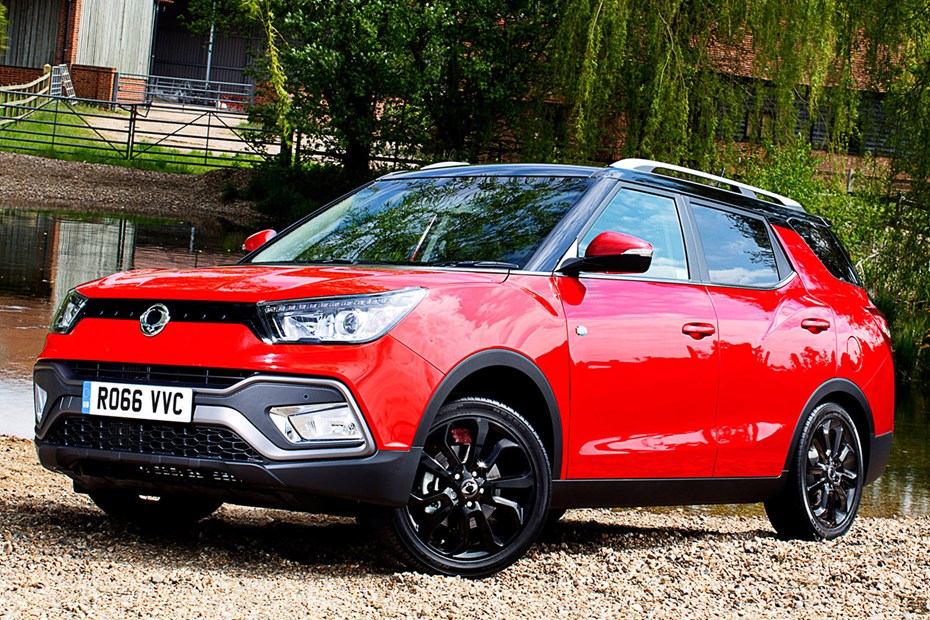
Miles per pound (mpp) ⓘ
| Petrol engines | 5.1 - 5.5 mpp |
|---|---|
| Diesel engines | 5.5 - 6.6 mpp |
Fuel economy ⓘ
| Petrol engines | 34.9 - 37.2 mpg |
|---|---|
| Diesel engines | 42.8 - 51.4 mpg |
- Fuel economy varies across the range
- Four-wheel drive auto models the thirstiest
- Stick to 2WD manual for lowest costs
The lowest running costs come from the manual two-wheel drive car, which promises 62.8mpg. Upgrade to four-wheel drive and there’s only a 5mpg penalty, resulting in 57.6mpg fuel economy.
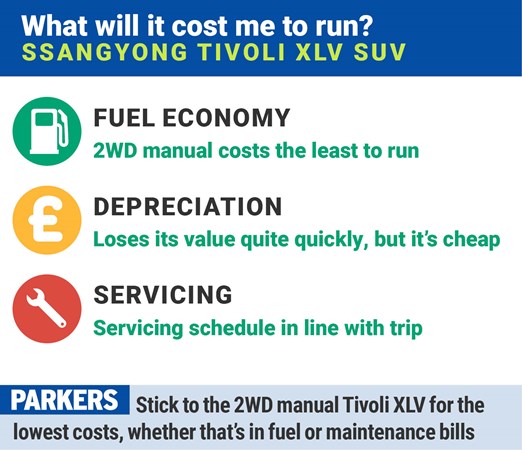
However, economy takes a bit of a dip if you add the automatic gearbox, with 47.9mpg and 44.8mpg for two- and four-wheel drive versions.
A start/stop system is available on cars fitted with the manual gearbox but only as a cost option.
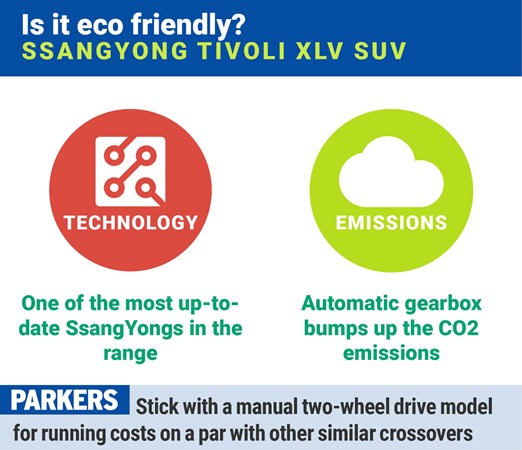
In becoming the XLV, the Tivoli has gained weight which means CO2 emissions have taken a slight hit.
However, if you go for the entry-level manual with two-wheel drive, emissions are quite low at 117g/km. Go for four-wheel drive and this increases to 127g/km.
Cars fitted with an automatic gearbox are the worst offenders, though. The front-wheel drive auto emits 154g/km, while a four-wheel drive version produces 164g/km.
- Tivoli XLV should prove to be reliable
- Regular Tivoli has had one recall
- SsangYongs are solidly built
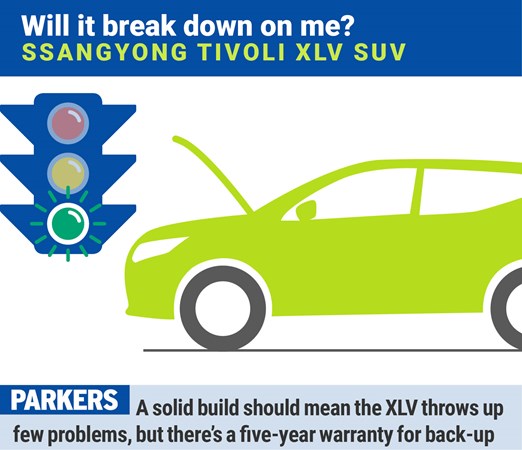
A five-year unlimited mileage warranty shows confidence from the Korean manufacturer and the fact that the XLV shares a great deal of components with the (relatively) established Tivoli is good news too.
The company is also striving to improve its image so customer service should be high up the list of priorities at your local dealership.
That said, the track record for the XLV and the Tivoli that it is based upon is still quite short, however the regular Tivoli has been the subject of one recall, but that was for cars produced before the XLV arrived. There’s little to be concerned about.
Ongoing running costs
| Road tax | £35 - £265 |
|---|---|
| Insurance group | 11 - 18 |
Get an insurance quote with

|
|



.jpg)
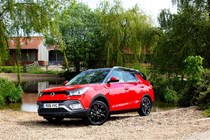
.jpg)
.jpg)
.jpg)
.jpg)
.jpg)
.jpg)
.jpg)
.jpg)
.jpg)
.jpg)
.jpg)
.jpg)
.jpg)
.jpg)
.jpg)
.jpg)
.jpg)
.jpg)
.jpg)

.jpg)
.jpg)
.jpg)
.jpg)

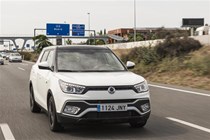
.jpg)
.jpg)
.jpg)
.jpg)
.jpg)
.jpg)
.jpg)
.jpg)
.jpg)
.jpg)
.jpg)
.jpg)
.jpg)
.jpg)
.jpg)
.jpg)
.jpg)
.jpg)
.jpg)
.jpg)
.jpg)
.jpg)

.jpg)



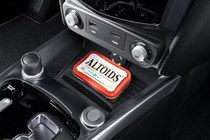







.jpg)
.jpg)
.jpg)
.jpg)
.jpg)
.jpg)
.jpg)
.jpg)
.jpg)
.jpg)
.jpg)
.jpg)
.jpg)
.jpg)
.jpg)
.jpg)
.jpg)
.jpg)
.jpg)
.jpg)
.jpg)
.jpg)
.jpg)
.jpg)
.jpg)
.jpg)
.jpg)
.jpg)
.jpg)
.jpg)
.jpg)
.jpg)
.jpg)
.jpg)
.jpg)
.jpg)
.jpg)
.jpg)


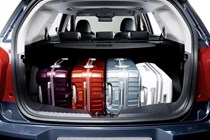

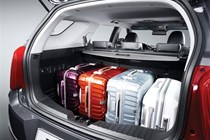

.jpg)
.jpg)
.jpg)
.jpg)
.jpg)
.jpg)
.jpg)
.jpg)
.jpg)
.jpg)
.jpg)
.jpg)
.jpg)
.jpg)

.jpg?quality=50)

.jpg?quality=50)
.jpg?quality=50)
.jpg?quality=50)
.jpg?quality=50)
.jpg?quality=50)
.jpg?quality=50)
.jpg?quality=50)
.jpg?quality=50)
.jpg?quality=50)
.jpg?quality=50)
.jpg?quality=50)
.jpg?quality=50)
.jpg?quality=50)
.jpg?quality=50)
.jpg?quality=50)
.jpg?quality=50)
.jpg?quality=50)
.jpg?quality=50)
.jpg?quality=50)

.jpg?quality=50)
.jpg?quality=50)
.jpg?quality=50)
.jpg?quality=50)


.jpg?quality=50)
.jpg?quality=50)
.jpg?quality=50)
.jpg?quality=50)
.jpg?quality=50)
.jpg?quality=50)
.jpg?quality=50)
.jpg?quality=50)
.jpg?quality=50)
.jpg?quality=50)
.jpg?quality=50)
.jpg?quality=50)
.jpg?quality=50)
.jpg?quality=50)
.jpg?quality=50)
.jpg?quality=50)
.jpg?quality=50)
.jpg?quality=50)
.jpg?quality=50)
.jpg?quality=50)
.jpg?quality=50)
.jpg?quality=50)

.jpg?quality=50)











.jpg?quality=50)
.jpg?quality=50)
.jpg?quality=50)
.jpg?quality=50)
.jpg?quality=50)
.jpg?quality=50)
.jpg?quality=50)
.jpg?quality=50)
.jpg?quality=50)
.jpg?quality=50)
.jpg?quality=50)
.jpg?quality=50)
.jpg?quality=50)
.jpg?quality=50)
.jpg?quality=50)
.jpg?quality=50)
.jpg?quality=50)
.jpg?quality=50)
.jpg?quality=50)
.jpg?quality=50)
.jpg?quality=50)
.jpg?quality=50)
.jpg?quality=50)
.jpg?quality=50)
.jpg?quality=50)
.jpg?quality=50)
.jpg?quality=50)
.jpg?quality=50)
.jpg?quality=50)
.jpg?quality=50)
.jpg?quality=50)
.jpg?quality=50)
.jpg?quality=50)
.jpg?quality=50)
.jpg?quality=50)
.jpg?quality=50)
.jpg?quality=50)
.jpg?quality=50)






.jpg?quality=50)
.jpg?quality=50)
.jpg?quality=50)
.jpg?quality=50)
.jpg?quality=50)
.jpg?quality=50)
.jpg?quality=50)
.jpg?quality=50)
.jpg?quality=50)
.jpg?quality=50)
.jpg?quality=50)
.jpg?quality=50)
.jpg?quality=50)
.jpg?quality=50)